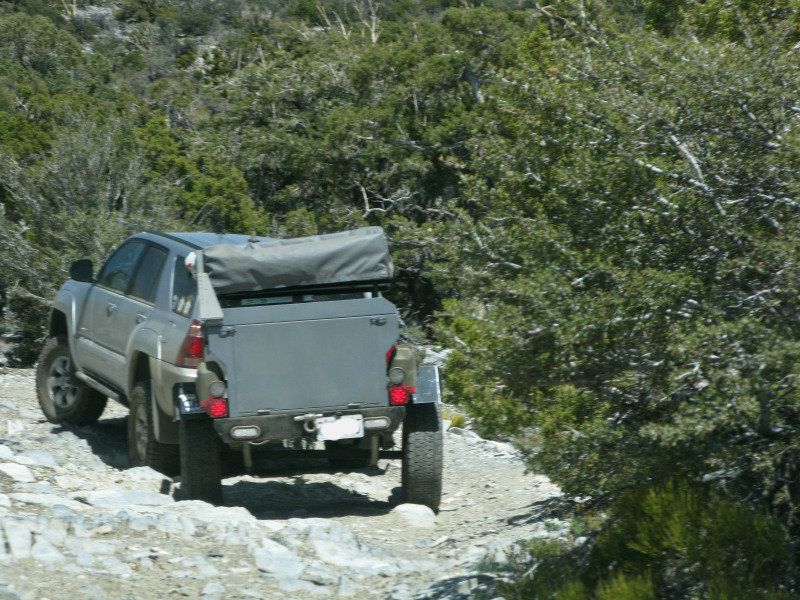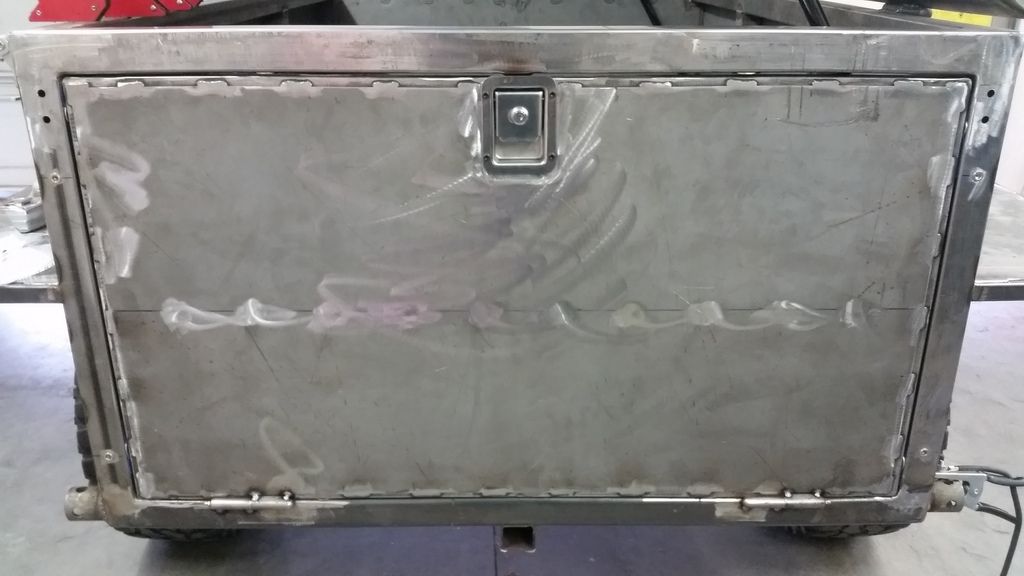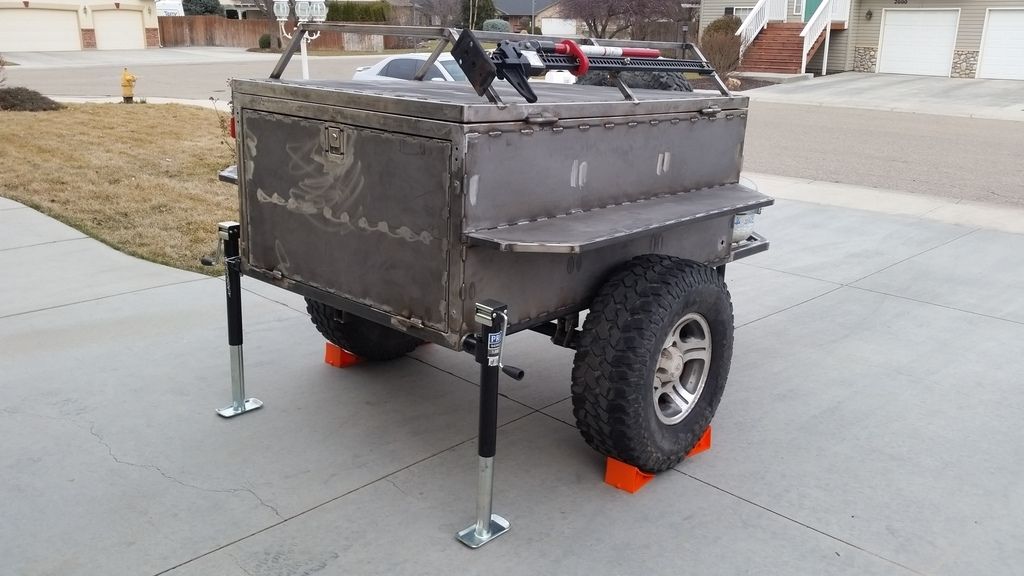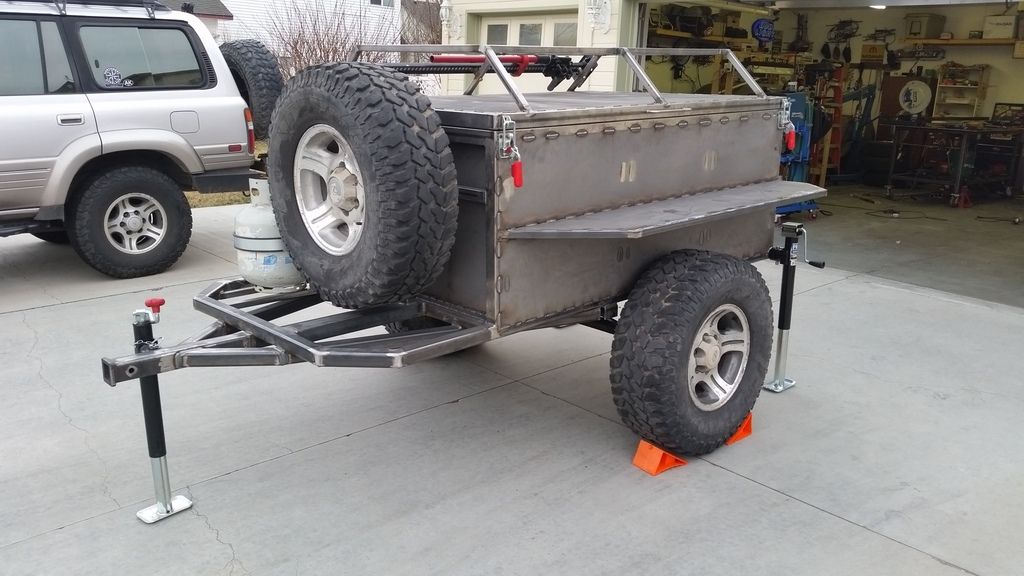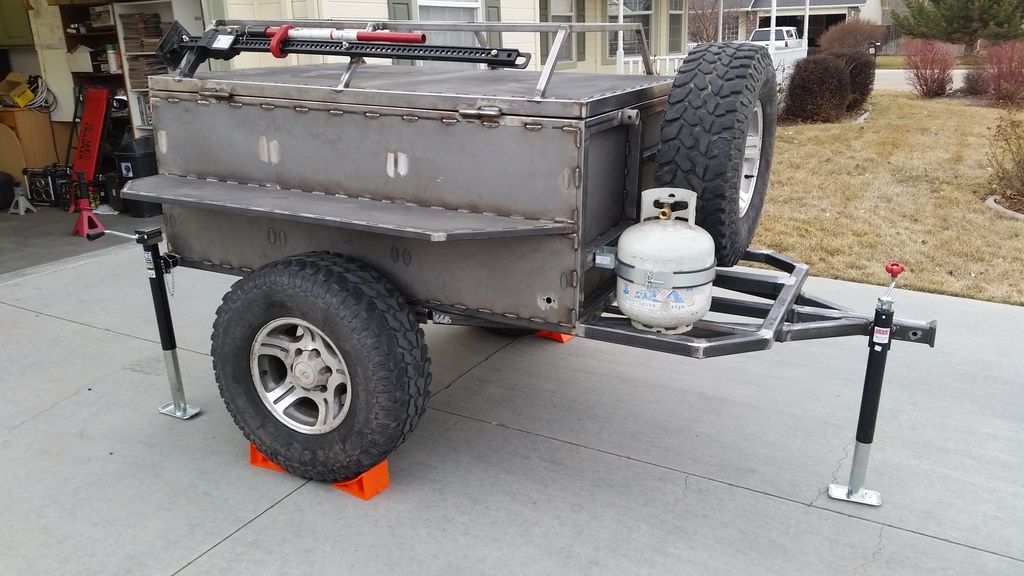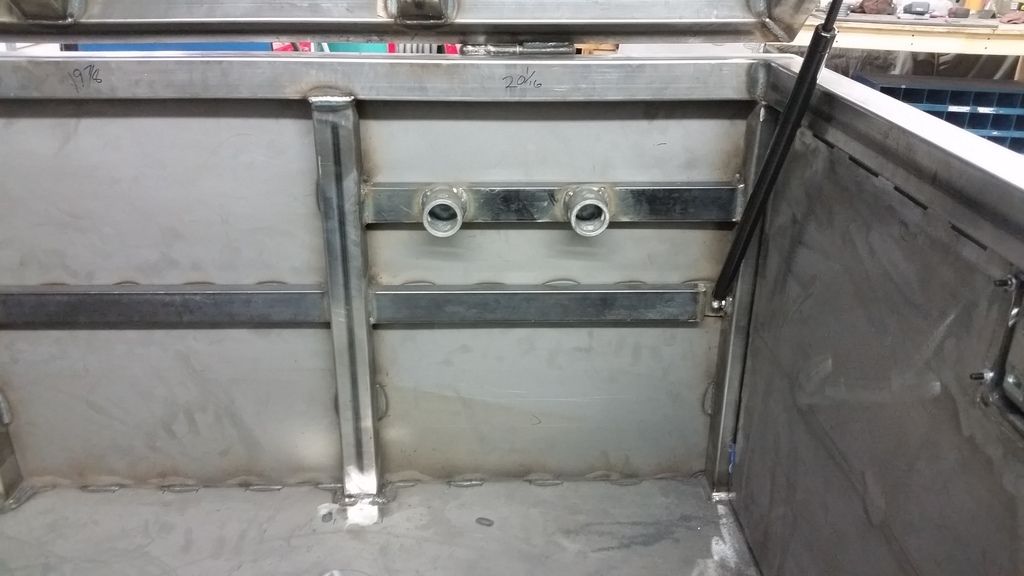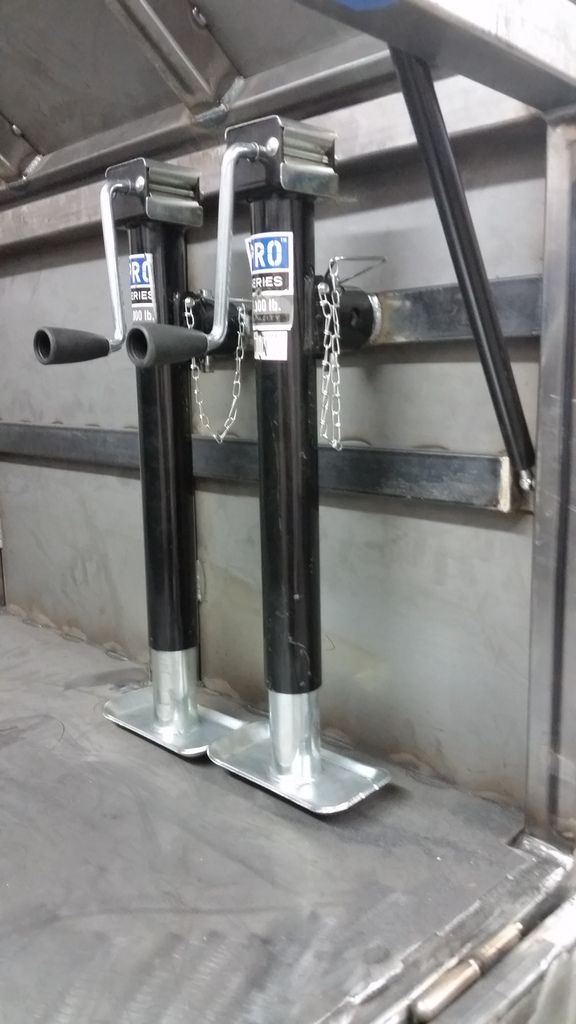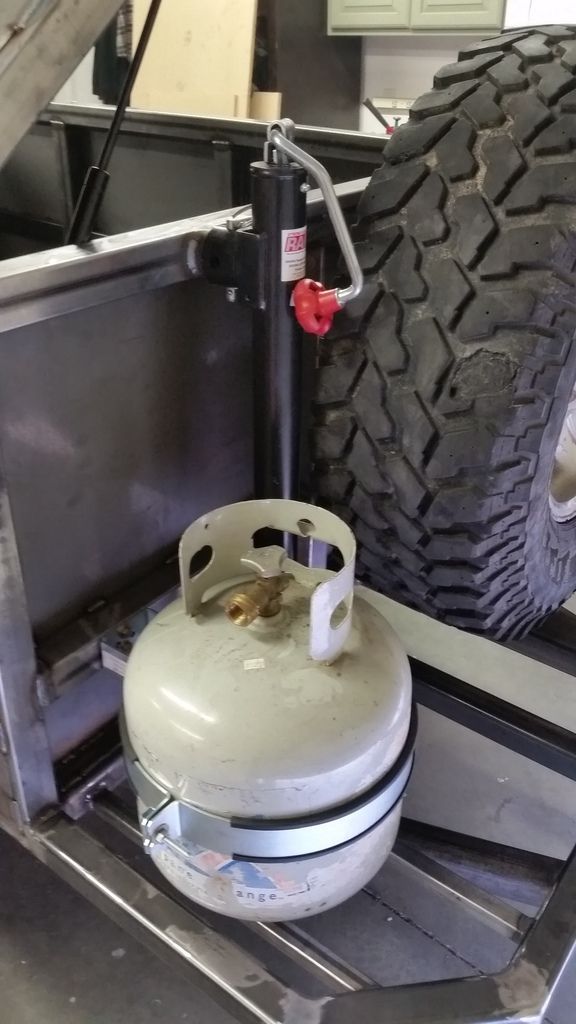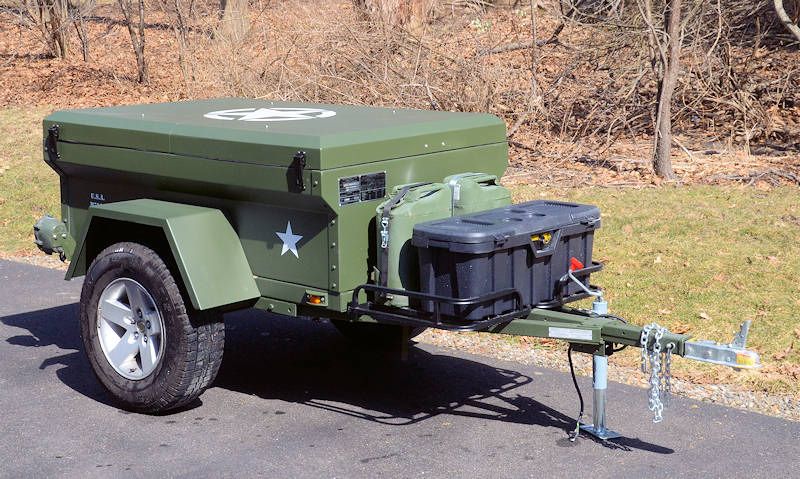Burley
Adventurer
I am enjoying your build narrative and all of the pictures. One comment is the flat fenders may allow rocks and mud to be thrown forward into your tow vehicle and backwards into other vehicles following on the same trail.
I've got a question about the axle leaf springs. I can't claim to know the "correct" answer and the ones in the pictures look similar to those on smaller and lighter trailers. In my first read through of this thread I don't think I saw how you arrived at the selection. They seem to be a "standard" trailer length (25"?) that I've seen at e-Trailer but would a longer leaf spring allow more axle articulation? The folks that built my trailer used springs that are roughly 3.5 feet long based on Jeep JK rear leaf springs.
Thanks!
Agreed about the fenders. I just haven't decided yet on what to do about. I also want to tie, what ever I do, into the jerry can holders.
As far as leaf springs and axle sizes go, I went with a #3500 axle and matching spring based on the gross payload I wanted to have for the trailer. The leafs are the standard 25" leafs. It's funny when you start doing research on trailer articulation and extra long leaf springs versus smaller one, everyone has a different idea on what works best. I don't claim to be anywhere near an expert but after researching it here is what I came up with. Articulation in a VEHICLE is, in part, based on having four wheels. One on each corner. For the left front to compress it has to push or pivot, however you want to say it, off of the right rear tire other wise the truck just rotates. So with that in mind, a trailer with only two wheels can only 'articulate' side to side. When a two wheeled trailer approaches an object with one tire, the way I see it, two things can happen. 1) The leaf spring can compress, allowing the tire to articulate or 2) The hitch rotates on the ball. The second being the path of least resistance and most probable. I think there is more to it than that but that is the basic idea, right or wrong. There is one other thing to consider and that is shackle angle. Basically, the more vertical the shackle the stiffer the initial compression of the spring will be. The closer to 45 degrees or even more the smoother the leaf springs acts.
Anyone one else feel free chime in with this subject.

